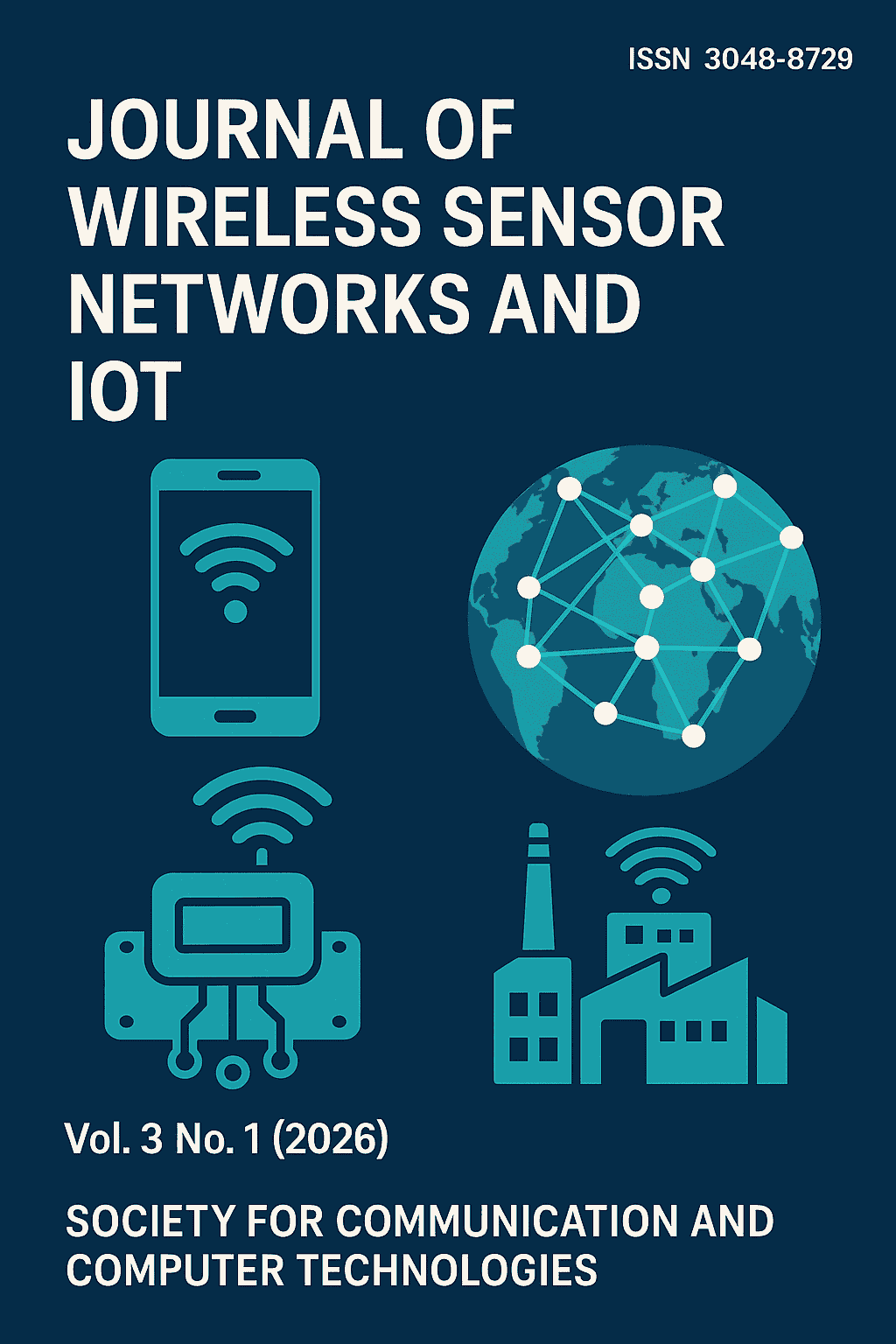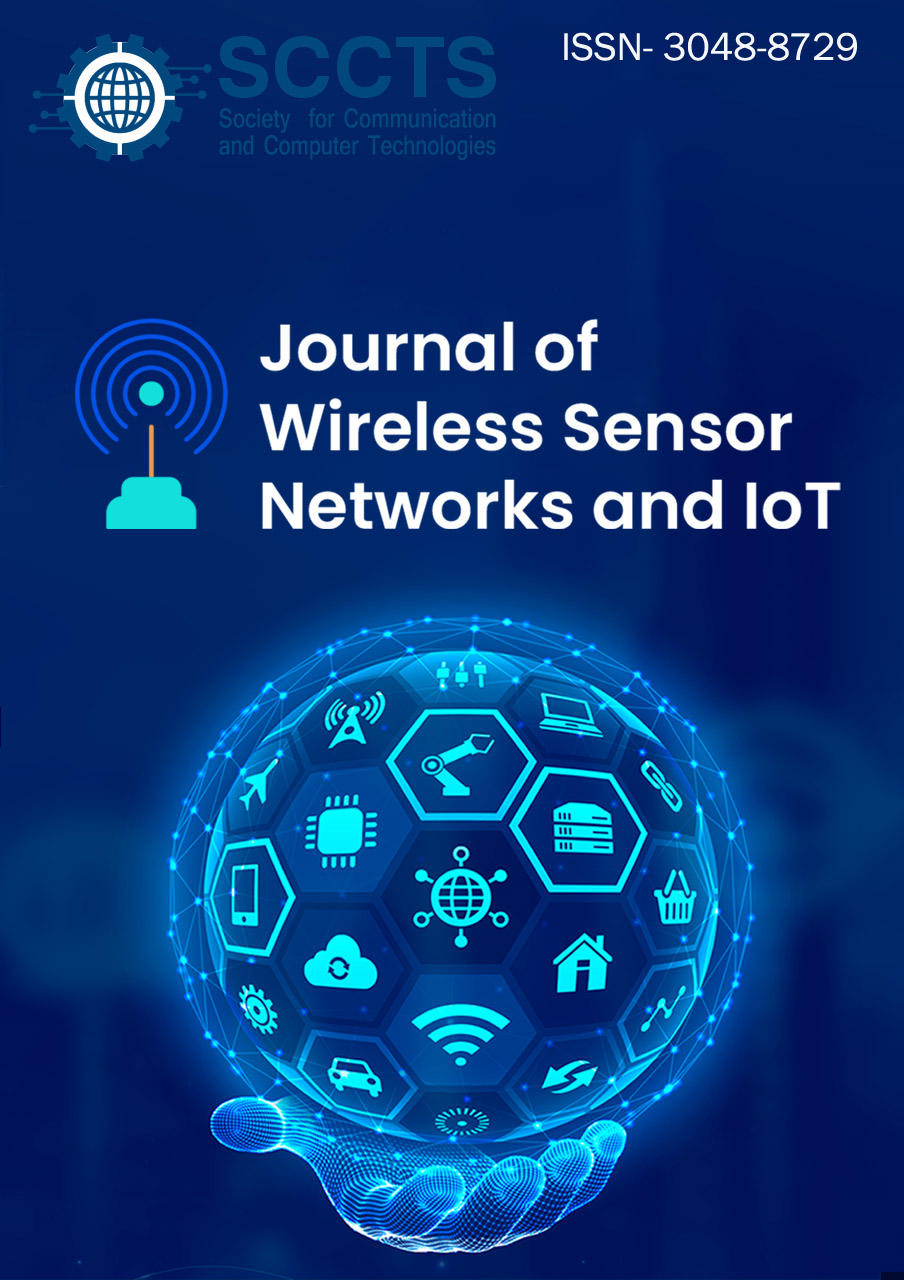Comparative Evaluation of Machine Learning-Based Localization Algorithms in Dense IoT Sensor Networks
DOI:
https://doi.org/10.31838/WSNIOT/03.01.11Keywords:
Machine Learning, Localization Algorithms, Dense IoT Sensor Networks, Wireless Sensor Networks (WSN), Node Localization, Received Signal Strength Indicator (RSSI), Supervised Learning, Deep Learning, Random Forest, k-Nearest Neighbors (k-NN), Support Vector Machines (SVM), Performance Evaluation, IoT Positioning, Smart Environment Localization, Signal-Based Localization.Abstract
Precise positioning of sensor nodes is an important facilitator of context-aware services, effective routing, and data interpretation in dense Internet of Things (IoT) sensor networks. Nonetheless, the traditional localization algorithms are limiting in dense deployment because of signal interference, non-line-of-sight situations and lack of scalability. The work includes a detailed comparative analysis of machine learning (ML)-specific localization algorithms designed to be used in densely populated settings of IoT. In particular we test the ability of k-Nearest Neighbors (k-NN), Support Vector Machines (SVM), Random Forests (RF) and Deep Neural Networks (DNN) on important measures like localization accuracy, computational efficiency, resistance to environmental noise and scalability. Both synthetic and real-world datasets based on dense network scenarios are explored to mean experimental analyses. Examination of the results has shown that DNN models are more accurate because of sensitivity to complicated signal-space interactions, and the RF provides an attractive tradeoff of precision versus overhead. Instead, SVM presents scalability issues and k-NN is not performing well in highly dynamic or noisy environments despite being fast. The findings can be used in practice to choose which algorithm to use in order to deploy the algorithm into real-world IoT systems where the node distribution is dense. Our work adds another piece of research to the area of smart positioning solutions and can be used to develop energy efficient, scalable, and precise positioning systems to be used in the future IoT devices.






